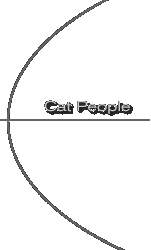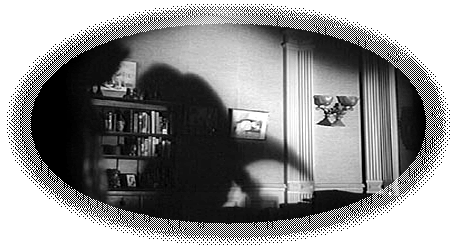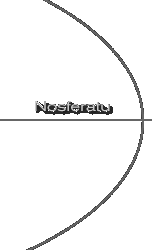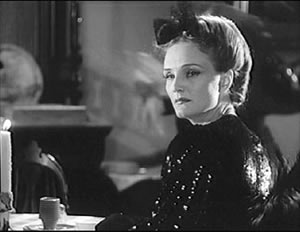|
teratologies = tales of the monstrous“We
should remember that the ‘monstorous’ is only a way
of describing what lies beyond our own intellectual boundaries,
|
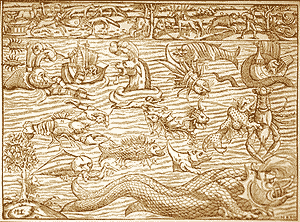 |
Early cartographers used to draw monsters on their maps just beyond the borders of the familiar territories they charted, to signal that which was unknown or beyond their comprehension and therefore threatening. The Balkans have always been understood as a crossroads where Europe gives way to the Orient, a land where East and West mix in dangerous, unfamiliar combinations. A land of the impure, a threatening mix of europe and east, of the shadowy and the monstrous. |
 Nosferatu |
Dracula is perhaps the most famous figure of the Balkan monstrous to be imagined by a Western writer, an amalgam of different Balkan ethnicites and folklore. But many have followed, from the werewolf or vukodlak (in Balkan folklore) to Irena the Serbian immigrant/Cat Woman from the horror classic Cat People. The West has often turned to the Balkans in search of its shadow side, as source material for its gothic tales, anxiously seeking to unearth violent folklore, bloodthirsty monsters, and primitive superstitions and horrors. |
"The impression that I had was that we were leaving the West and entering the East....I read that every known superstition in the world is gathered in the horseshoe of the Carpathians, as if it were the center of some sort of imaginative whirlpool."
|
| proximal distances | ||||||||||
| ghostly presences | teratologies | dracula | ||||||||
| disjuncture | balkanism | cat people | ||||||||
| opening narrative | other mediations |
